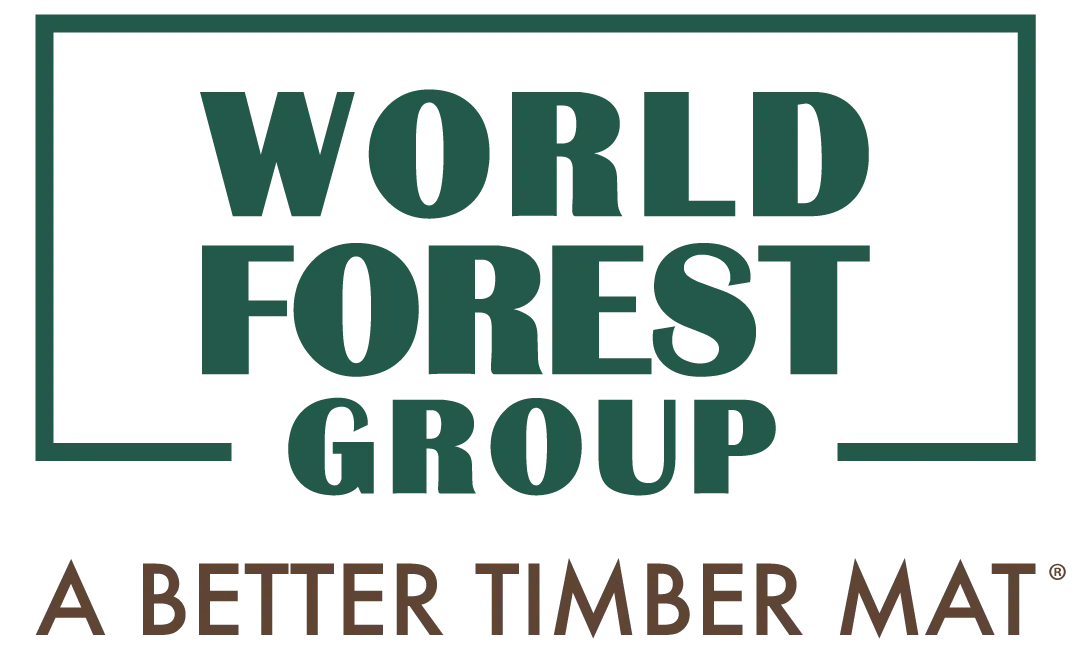Summary: Over the last year, forward-looking customers have analyzed mat requirements by using strength characteristics rather than dimension. These customers have discovered they can get the same quality mat but at lower cost by using a Eucalyptus timber mat with greater shear and bending strength, generating significant operational savings. Read the Introduction and Specific Solutions.
Backup Data: How does Eucalyptus compare with other species in respect to strength and durability? It’s a lot stronger.

Basing purchase decisions on strength requirements rather than dimension means customers will pay less per unit of strength by choosing Eucalyptus over mixed hardwoods.

Cost per unit strength looks at purchase cost. Because lifespan for Eucalyptus is longer than mixed hardwoods daily depreciation can be another useful measure in conjunction with strength to determine what mat to buy.
Depreciation is especially useful in comparing used mats with new mats.
One rule of thumb is 20% discount for Grade A vs. New with an additional 20% discount between Grade A and Grade B but with a 33% reduction in lifespan for each reduction.
For a mixed hardwood mat the daily depreciation numbers tell an interesting story.

In short, cash out is lower for a used mat, but total cost of ownership as reflected in daily depreciation rises by 20% for each grade lower one buys. Still, that might be a wise decision for many buyers.
Indications are that Eucalyptus will last three to four years vs. mixed hardwood life of one and one-half to three years.
What would that do for daily depreciation? By adding an additional year, a new Eucalyptus mat would compare favorably at $0.34/day vs. mixed hardwoods at $0.46- $0.66/day.
Conclusion: Strength measurements coupled with depreciation cost per day can be a useful tool in discovering true cost of timber matting.
Considering Eucalyptus Mats? Contact us for a custom, confidential quote.


